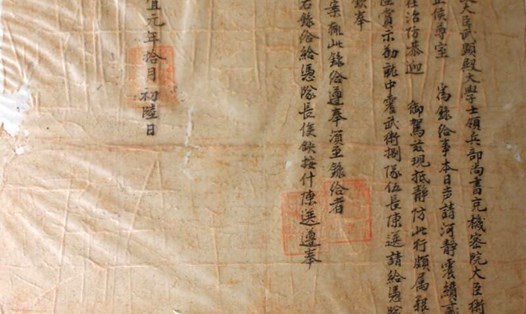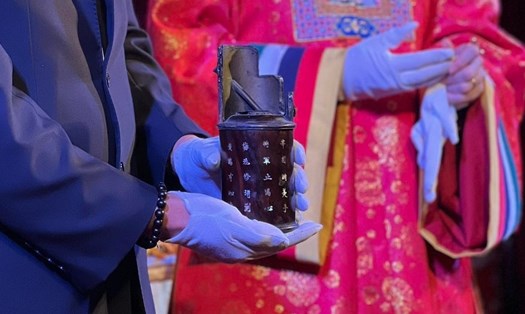On November 7, at the Tan So Citadel National Monument, in the grounds of the temple of King Ham Nghi and the Can Vuong generals (Cam Lo district, Quang Tri province), a ceremony was held to receive the relics of King Ham Nghi.
Among them, there is a wooden smoking pipe, inlaid with mother-of-pearl, that King Ham Nghi often used during his time in France; rice bowls and chopsticks, and a toothpick holder that King Ham Nghi used.
The above artifacts have long been preserved by the descendants of King Ham Nghi in France. On this occasion, they were brought back to Vietnam to be presented and displayed at the King Ham Nghi temple in Cam Lo district.
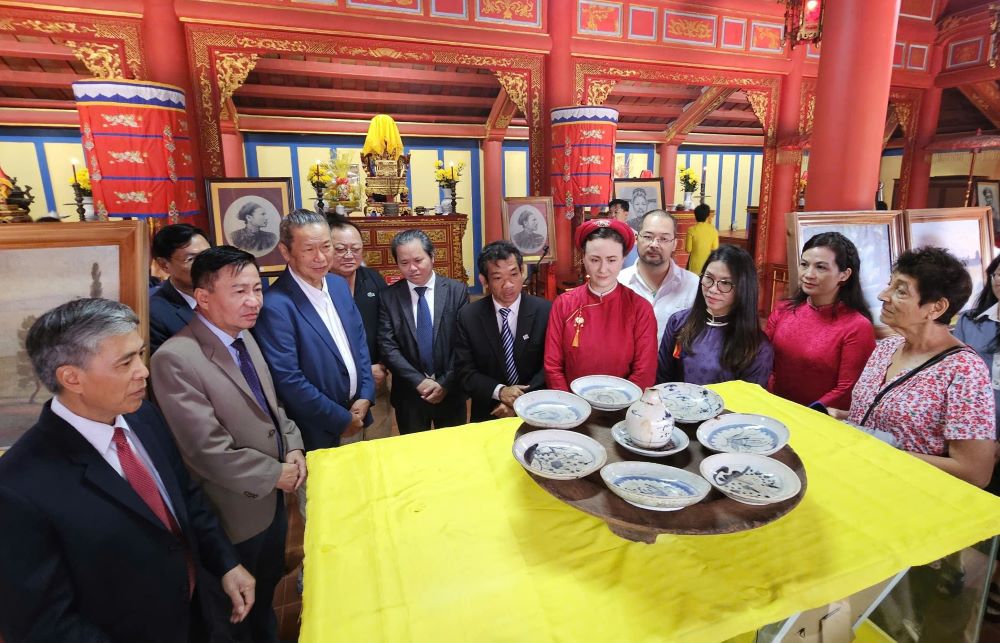
In addition, 29 more paintings (copies) painted by King Ham Nghi while in France and during his exile in Algiers were brought to the temple for display.
At the ceremony, the book “Ham Nghi: Exiled Emperor - Artist in Alger” was launched, researched and compiled by Dr. Amandine Dabat. The book is a dedicated research work on the life and career of King Ham Nghi as a patriotic king and a talented painter during his exile in France and Alger.
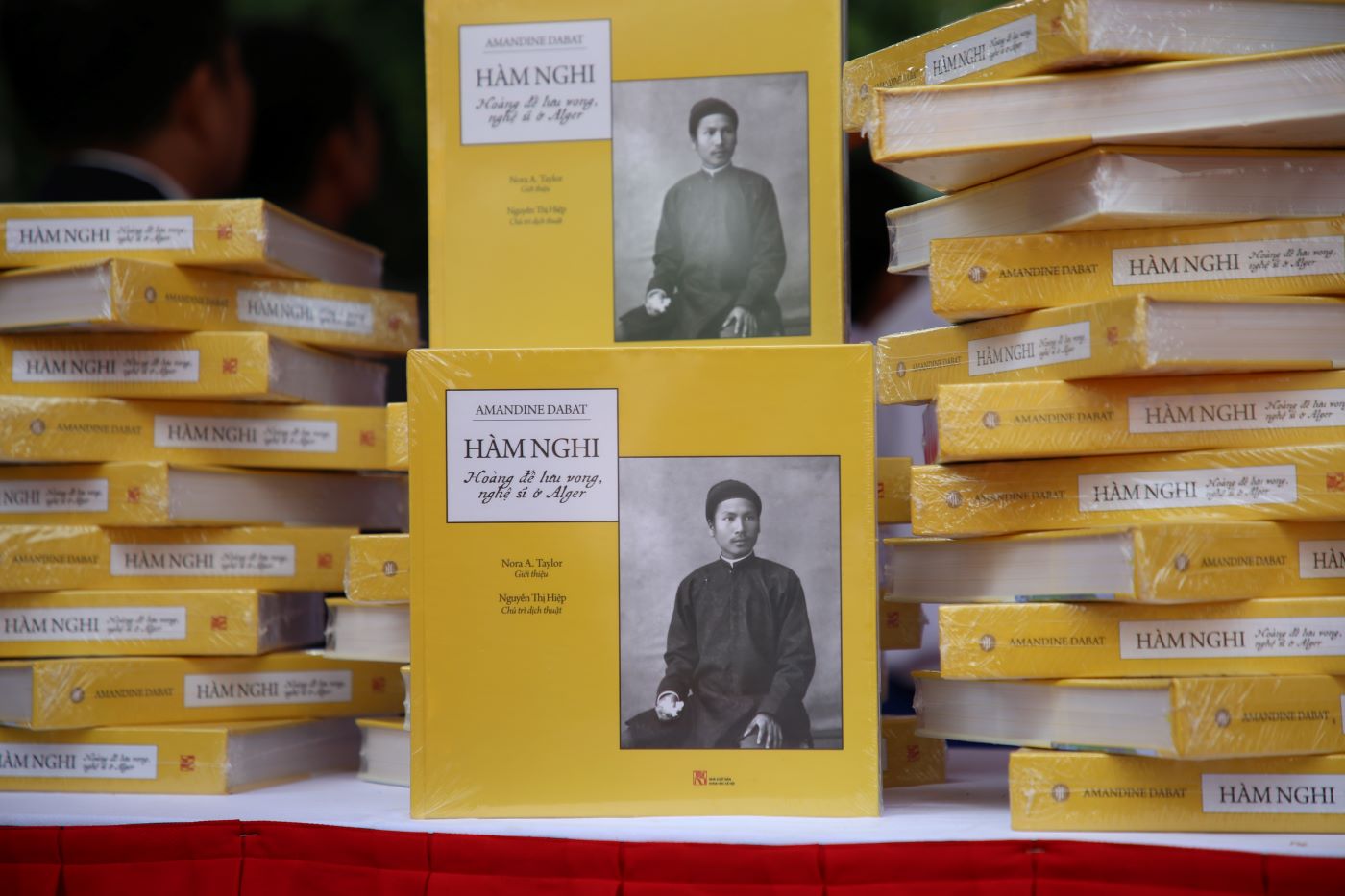
Mr. Tran Anh Tuan - Chairman of Cam Lo District People's Committee said that the reception of relics and the launch of books about King Ham Nghi is an event to pay tribute to the patriotic King, contributing to preserving and promoting the value of the Tan So Base National Relic Site; towards the 140th anniversary of the day King Ham Nghi issued the "Can Vuong Edict".
It is known that more than 140 years ago, the Nguyen Dynasty built Tan So citadel - with the orientation of becoming the "Resistance Capital" in case of any incident in Hue citadel.
On July 5, 1885, the capital city of Hue fell, King Ham Nghi and his entourage fled to this base. Here, the King issued the "Can Vuong Edict" calling on all classes of people to support the King and fight against the French, becoming the peak of the resistance war against French domination in the second half of the 19th century and the beginning of the 20th century in Vietnam.
Thanh Tan So, where the "Can Vuong Edict" was issued, became the starting point and center of the uprising for the Can Vuong movement to develop and spread throughout the country.
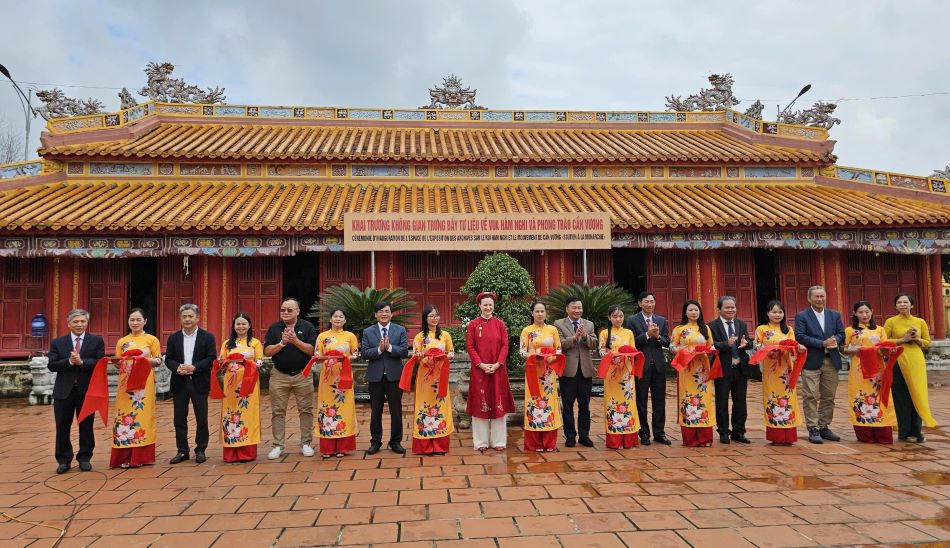
The Tan So Citadel Base has been ranked as a national monument by the Ministry of Culture, Sports and Tourism. After 140 years with many historical ups and downs, the ramparts and other architectural works of the old Tan So Citadel Base no longer have any traces, as is known from knowledge and documents about this citadel.
Therefore, Cam Lo district has planned the Tan So Citadel National Relic Site with an area of 25.4 hectares (including 22.9 hectares of relic area, 2.5 hectares of relic protection area) with the desire to gradually restore and embellish the relic to be worthy of the role and historical position of a "Resistance Capital" of the Nguyen Dynasty in the late 19th century.







